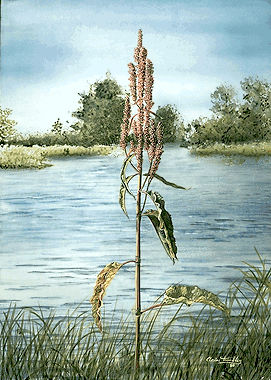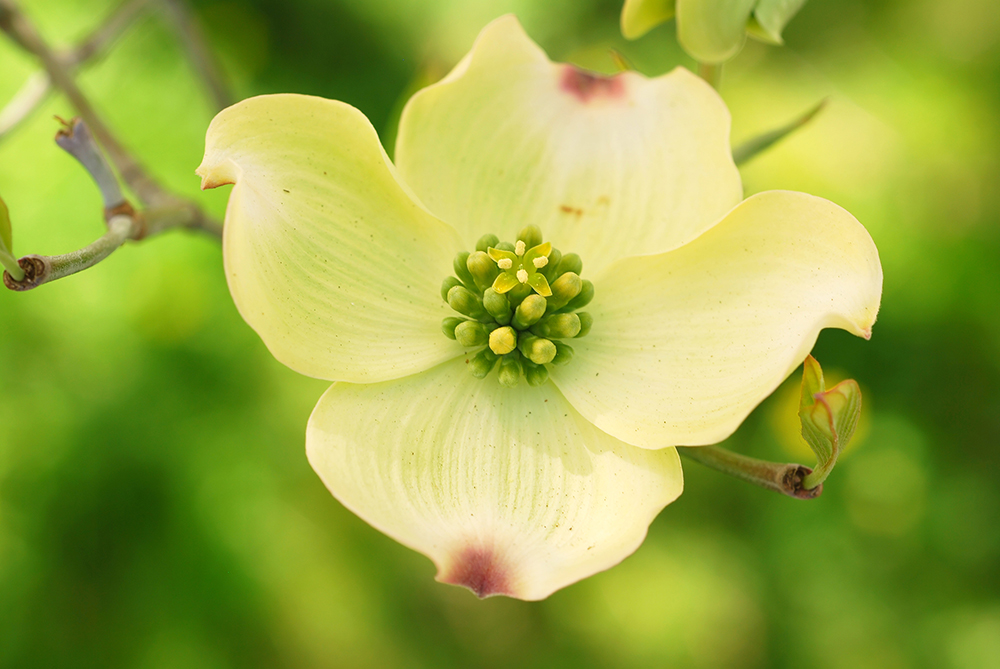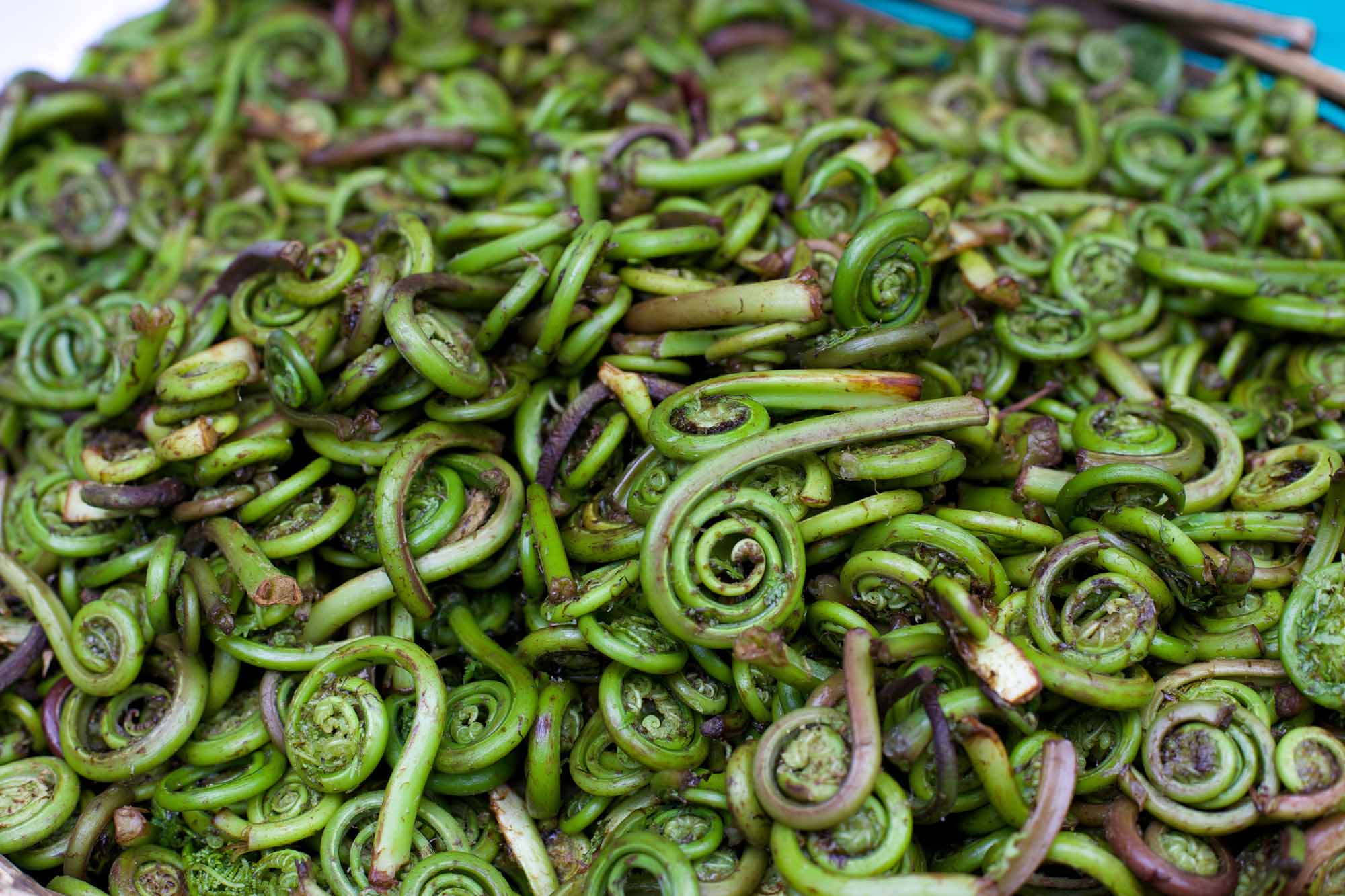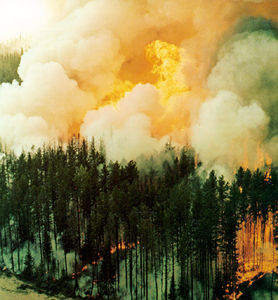Browse "Plants"
-
Article
Cypress
Cypress is the common name for evergreen conifers of genus Cupressus of the cypress family (Cupressaceae). At least 12 species are recognized worldwide occurring in warm, northern temperate regions.
"https://development.thecanadianencyclopedia.ca/images/tce_placeholder.jpg?v=e9dca980c9bdb3aa11e832e7ea94f5d9" // resources/views/front/categories/view.blade.php
https://development.thecanadianencyclopedia.ca/images/tce_placeholder.jpg?v=e9dca980c9bdb3aa11e832e7ea94f5d9
-
Article
Dock
Dock, herbaceous plant of genus Rumex, family Polygonaceae (buckwheat); most docks are perennial.
"https://d2ttikhf7xbzbs.cloudfront.net/media/media/455358cb-1299-4193-8369-04e4d7853231.jpg" // resources/views/front/categories/view.blade.php
https://d2ttikhf7xbzbs.cloudfront.net/media/media/455358cb-1299-4193-8369-04e4d7853231.jpg
-
Article
Dogwood
Dogwood (Cornaceae), family of perennial herbaceous plants, trees and shrubs, represented in North America by about 15 members of the genus Cornus.
"https://development.thecanadianencyclopedia.ca/images/tce_placeholder.jpg?v=e9dca980c9bdb3aa11e832e7ea94f5d9" // resources/views/front/categories/view.blade.php
https://development.thecanadianencyclopedia.ca/images/tce_placeholder.jpg?v=e9dca980c9bdb3aa11e832e7ea94f5d9
-
Article
Douglas Fir
Douglas fir (Pseudotsuga menziesii) is an evergreen conifer of the pine family (Pinaceae).
"https://d2ttikhf7xbzbs.cloudfront.net/media/media/86ff7dae-e218-4ffc-9952-15acaba15475.jpg" // resources/views/front/categories/view.blade.php
https://d2ttikhf7xbzbs.cloudfront.net/media/media/86ff7dae-e218-4ffc-9952-15acaba15475.jpg
-
Article
Elder
Elder, shrub of genus Sambucus, family Caprifoliaceae (honeysuckle). Elders grow up to 3 m high and spread to form thickets. About 20 species are known worldwide; 3 are native to Canada.
"https://d2ttikhf7xbzbs.cloudfront.net/media/media/0e03f876-f076-4da1-b276-9c2788b05c56.jpg" // resources/views/front/categories/view.blade.php
https://d2ttikhf7xbzbs.cloudfront.net/media/media/0e03f876-f076-4da1-b276-9c2788b05c56.jpg
-
Article
Elm
Elm (Ulmus), genus of trees of elm family (Ulmaceae), found only in temperate regions of the Northern Hemisphere.
"https://development.thecanadianencyclopedia.ca/images/tce_placeholder.jpg?v=e9dca980c9bdb3aa11e832e7ea94f5d9" // resources/views/front/categories/view.blade.php
https://development.thecanadianencyclopedia.ca/images/tce_placeholder.jpg?v=e9dca980c9bdb3aa11e832e7ea94f5d9
-
Article
Endangered Plants in Canada
A species is endangered if there are threats to its survival. Plants are put at risk for several reasons, including: climate change and the loss of natural habitat to cities, agriculture and industry. In Canada, these activities threaten entire natural ecosystems, such as older forests and Prairie grasslands. As of 2021, 250 plant species are at risk in Canada, according to the Committee on the Status of Endangered Wildlife in Canada. In addition, four are extirpated and one is extinct. The committee’s definition of a wildlife species includes taxonomic categories as well as geographically distinct populations. For example, the bent spike-rush (Eleocharis geniculate) is included on the list of at risk plant species twice, as there are two different populations, one in British Columbia and one in Ontario, facing different threats to their survival. (See also Endangered Animals in Canada.)
"https://d2ttikhf7xbzbs.cloudfront.net/media/media/387f5c8e-f2b5-4742-b30d-2a9832555b49.jpg" // resources/views/front/categories/view.blade.php
https://d2ttikhf7xbzbs.cloudfront.net/media/media/387f5c8e-f2b5-4742-b30d-2a9832555b49.jpg
-
Article
Fern
Fern, common name for a diverse group (division Polypodiophyta) of usually perennial, spore-producing plants with divided, evergreen or deciduous leaves (fronds) arising from slender, horizontal rhizomes (underground stems) or stout, ascending rootstalks.
"https://d2ttikhf7xbzbs.cloudfront.net/media/media/cbc54996-4a53-4a91-890e-ceb6e5d94011.jpg" // resources/views/front/categories/view.blade.php
https://d2ttikhf7xbzbs.cloudfront.net/media/media/cbc54996-4a53-4a91-890e-ceb6e5d94011.jpg
-
Article
Fiddleheads
The term fiddlehead is used to refer to plants in 3 ways: (1) the young curled leaf of any fern; (2) the ostrich fern (Matteuccia struthiopteris of the Aspidaceae family); and (3) the young curled leaf of the ostrich fern used as a vegetable (often called fiddlehead greens).
"https://d2ttikhf7xbzbs.cloudfront.net/media/media/2b962744-c336-470d-be56-9236c131d4c8.jpg" // resources/views/front/categories/view.blade.php
https://d2ttikhf7xbzbs.cloudfront.net/media/media/2b962744-c336-470d-be56-9236c131d4c8.jpg
-
Article
Fir
Fir, Scandinavian for "pine," designates the "true" firs, which are evergreen conifers (genus Abies) of the pine family (Pinaceae). About 50 species occur worldwide, all in the Northern Hemisphere; 4 are native to Canada. Balsam fir (A. balsamea) occurs from Alberta to the Atlantic Provinces.
"https://development.thecanadianencyclopedia.ca/images/tce_placeholder.jpg?v=e9dca980c9bdb3aa11e832e7ea94f5d9" // resources/views/front/categories/view.blade.php
https://development.thecanadianencyclopedia.ca/images/tce_placeholder.jpg?v=e9dca980c9bdb3aa11e832e7ea94f5d9
-
Article
Fireweed
Fireweed, common name for Epilobium angustifolium, a member of a genus of herbaceous or shrubby plants of the evening primrose family (Onagraceae).
"https://d2ttikhf7xbzbs.cloudfront.net/media/media/a4b74f70-c61f-4cfe-a857-0848e3cb40bd.jpg" // resources/views/front/categories/view.blade.php
https://d2ttikhf7xbzbs.cloudfront.net/media/media/a4b74f70-c61f-4cfe-a857-0848e3cb40bd.jpg
-
Article
Forage Crops
Forage refers to plants consumed by animals, particularly livestock. Forage may be preserved by drying the plants to produce hay, it may be fermented to produce silage, and dried material is also compressed to produce compacted hay, pellets, and cubes .
"https://d2ttikhf7xbzbs.cloudfront.net/media/Twitter_Cards/Saskatchewan storm.jpg" // resources/views/front/categories/view.blade.php
https://d2ttikhf7xbzbs.cloudfront.net/media/Twitter_Cards/Saskatchewan storm.jpg
-
Article
Forest
A forest is an ecosystem characterized by a dense and extensive tree cover. It includes not only trees but also shrubs, vines, herbs, mosses, microorganisms, insects, and vertebrate animals that interact with each other and with their environment. This complex pattern of life is a system in delicate balance. Natural or human-caused alterations may trigger far-reaching and sometimes disastrous changes.
"https://d2ttikhf7xbzbs.cloudfront.net/forest/Spruce-Forest-in-Winter.jpg" // resources/views/front/categories/view.blade.php
https://d2ttikhf7xbzbs.cloudfront.net/forest/Spruce-Forest-in-Winter.jpg
-
Article
Forest Economics
Container seedlings such as this white spruce are grown in greenhouses and planted in March or June (courtesy Alberta Forest Service).Forest Economics FOREST economics is the application of economic principles to a wide range of subjects extending from management of the various forest resources through the processing, marketing and consumption of forest products. Forest economics has much in common with AGRICULTURAL ECONOMICS, but although the latter discipline has an established academic history in Canada, no...
"https://development.thecanadianencyclopedia.ca/images/tce_placeholder.jpg?v=e9dca980c9bdb3aa11e832e7ea94f5d9" // resources/views/front/categories/view.blade.php
https://development.thecanadianencyclopedia.ca/images/tce_placeholder.jpg?v=e9dca980c9bdb3aa11e832e7ea94f5d9
-
Article
Forest Fires in Canada
A forest fire is a moving combustion reaction, spreading outwards in a band from its ignition point, leaving burned-out forest behind it. On average, about 6,000 forest fires occur annually in Canada.
"https://d2ttikhf7xbzbs.cloudfront.net/media/media/645e8e08-17c5-4cc5-8a68-b25c913f441c.jpg" // resources/views/front/categories/view.blade.php
https://d2ttikhf7xbzbs.cloudfront.net/media/media/645e8e08-17c5-4cc5-8a68-b25c913f441c.jpg
